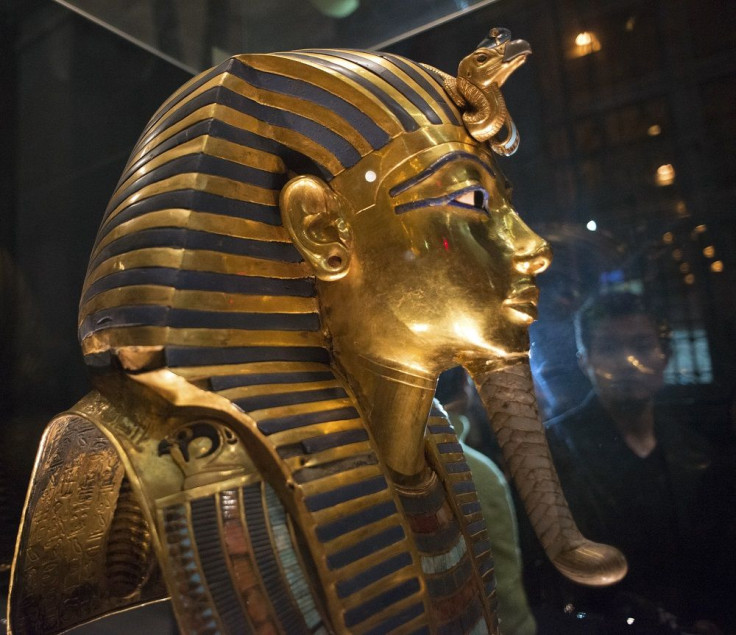Radar specialist confirms metal & organic materials in hidden room beside King Tut’s tomb
Is it the tomb of Queen Nefertiti?

Watanabe confirmed the presence of metal and organic materials inside the secret chamber. A University of Arizona professor raises the possibility that the chamber could contain the tomb of his father’s wife, Queen Nefertiti.
Watanabe made the radar scans in November 2015 on the west and north walls of King Tut’s chamber. He then said that he was 90 percent sure there is another chamber behind the north wall.
National Geographic reports that on Thursday, Watanabe made public the full report wherein he stated the presence of metal and organic materials. Without disclosing more details, Egyptian Antiquities Minister Mamdouh Eldamaty, who announced the release of the report, hints “It could be the discovery of the century.”
Remy Hiramoto, a semiconductors and microelectronics specialist, and a strategic researcher at NASA’s Jet Propulsion Laboratory, outside experts who reviewed Watanabe’s findings, say it validates the radar specialist’s initial hypothesis of a non-natural occurring chamber on the other side of the wall. “There’s a void, and there’s definitely something that’s within the void,” says Hiramoto.
It was British archaeologist Nicholas Reeves, a University of Arizona professor, who revived interest in the 3,340-year-old tomb after he said there is likely another tomb behind the walls, possibly that of Queen Nefertiti. Because of Tut’s unexpected death, at age 19 in 1324 BC after nine years on the throne, he was buried likely in a chamber not meant for him, says Reeves, reports The New York Post.
Nefertiti is the wife of Pharoah Akhenaten who played major political and religious roles in the 14th century BC. Howard Carter, a British Egyptologist, discovered Tut’s tomb in 1922.






